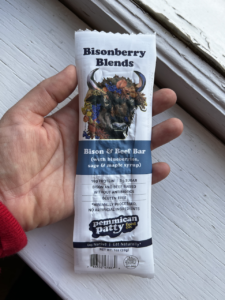At History Unboxed®, our commitment to authenticity sets us apart in the realm of education. We believe in going beyond textbooks, offering students a hands-on experience with materials sourced directly from the very places they are studying. But why is this so important to us?
Cultural Authenticity
When we use culturally authentic materials, it gives students an opportunity to experience windows and mirrors. “Windows and mirrors” means giving students windows to see into different cultures and experiences and mirrors to reflect their own identity and background. Authentic materials make for the clearest and most reflective windows and mirrors. When I brought a drop spindle into one of my classrooms, one of my Somali students immediately said, “My grandma has one of those!” It was one of those beautiful moments of past-present connection that makes every student in the room pay closer attention.
Enhancing Learning Through Real-World Connections
When we use authentic materials, kids know it. When I go to conferences, I always have a set of our shagai on the table. These are our sheep ankle bones, imported from Mongolia. Kids are drawn to them, without knowing what they are. I ask them to guess. Usually they say teeth, reaching out to touch them. When I say they are real sheep ankle bones, their eyes get wide. Then we play a game of tossing them up and catching them. Kids love when things are real. They remember better too.
Supporting Local Artisans and Communities
When we use authentically sourced materials, we support the originating cultures. Our money is going to support local artisans. Our boomerangs come from an Australian gallery that features 100% Aboriginal art, with a mission of providing “a complete authentic cultural experience” and artists that earn a royalty on every sale. These artists are then able to give back to their local communities.

Breaking Down Cultural Barriers
When we use authentically sourced materials, we teach our students that many historic cultures are also living cultures. Our pemmican comes from a Native-owned company. The owner, Patricia Mabin, says she founded her company to “find a way to bring our past into the present and keep our culture alive.” By working directly with businesses like “Pemmican Patty,” we aim to increase the visibility of Native peoples in North America, challenging the perception of them as solely part of history.
The Challenges of Using Authentically Sourced Materials
While the benefits are immense, there are challenges to authentically sourcing materials, such as finding reliable wholesale merchants who can grow with us and managing costs for hand-made items. Avoiding cultural appropriation is a priority, and we work closely with business owners to ensure respect and understanding.
Our authentically sourced materials create a profound connection to cultures globally, help students bridge past and present, and support small businesses worldwide. Check out some of our cultural sources: Dreamtime Kullilla-Art and Pemmican Patty.
Authenticity isn’t just a buzzword for us; it’s at the heart of what we do. Join us on this journey of learning, understanding, and connecting through the rich tapestry of our shared history.

How do you know which of our products are authentically sourced? Look for our “authentically sourced” logo on our boxes and other materials!
